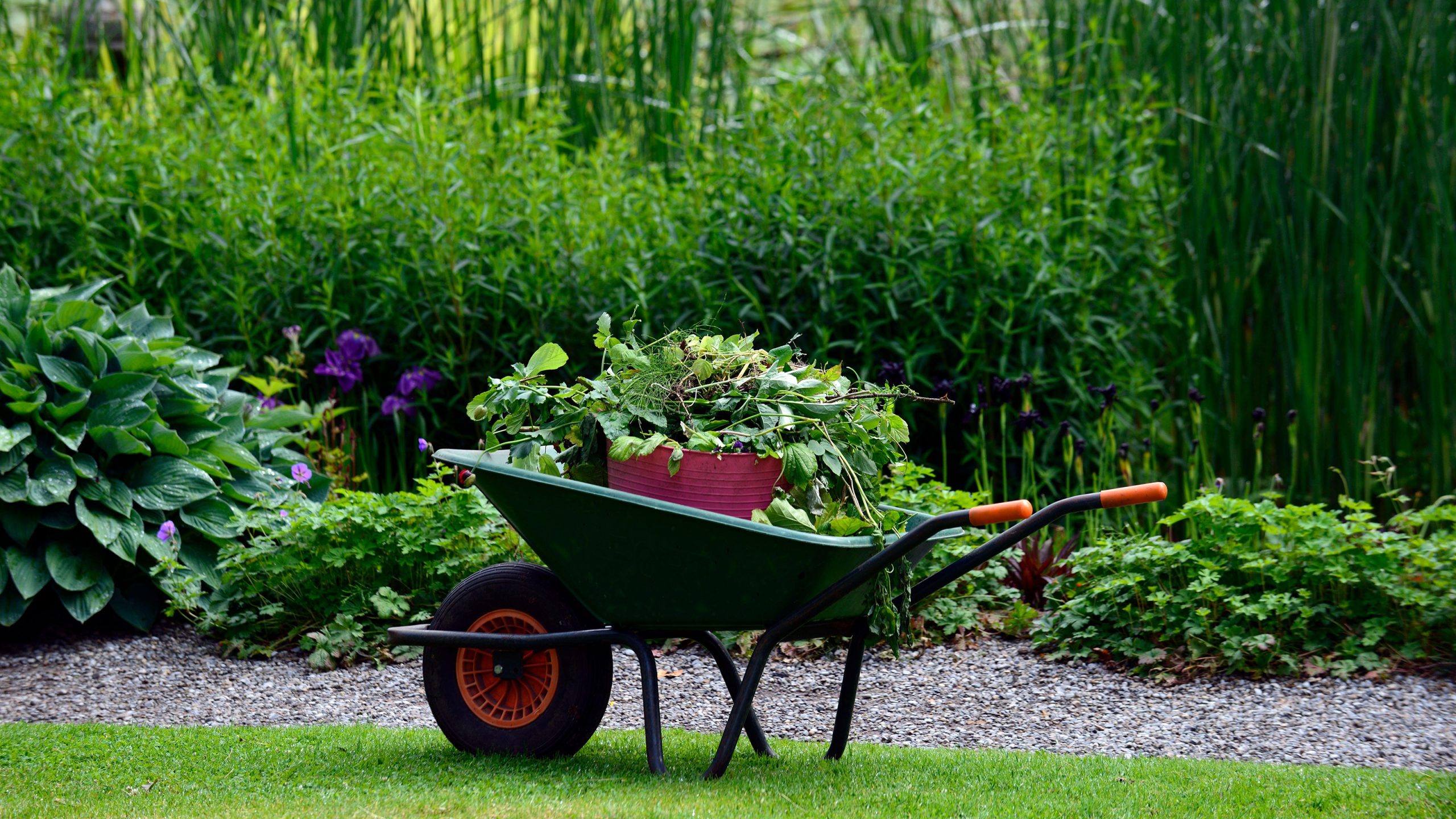Keeping a garden neat and pleasant requires a lot of gardening work, big and small, throughout the year. But maybe you don’t have the time or energy to take care of your garden? If so, choose a low-maintenance garden! Here are some tips to help you out!
1) Have an Overview of the Garden That Is Easy To Maintain
Organize your garden so that you can see it all. The best way to divide a low-maintenance garden is to have two-thirds green space and one-third paved area. Also, the more orderly your garden is, the easier it is to maintain. Large elements require much less maintenance than small ones.
2) Evergreen Plants Save Time and Effort
Evergreen plants (hedges), trees, and shrubs are indispensable in a low-maintenance garden. They don’t lose their leaves during fall and winter, which is a significant advantage because it saves you from cleaning them. Moreover, evergreen trees attract many birds as they add color to the garden all year round. An ivy plant is a low-maintenance option if you want an evergreen hedge.
3) Planting Large Groups of Plants in a Low Maintenance Garden
Planting large groups of the same plants is another idea for a low-maintenance garden. Groups of plants are much easier and quicker to maintain than individual plants. Perennials that look good together are lady’s mantle (Alchemilla), knapweed (Bergenia), cranberry (Geranium), heart lily (Hosta), and catnip (Nepeta).

4) Choose Perennials
Perennials will return year after year. For a maintenance-free garden, perennials are better than annuals. This means that you don’t have to plant or seed new ones every time. You can also choose low-maintenance perennials for better results. Skimmia, hydrangea, hypericum, and buddleia are some perennials that are easy to maintain.
5) Install Retaining Wall Bands
Installing retaining bands in a low-maintenance garden can kill two birds with one stone. Retaining bands prevent the rocks from sinking and hold the gravel in place. With a lawn, there is no need to mow the grass. Another advantage of retaining wall bands is that they help define the garden’s lines.
6) Go for Gravel
Gravel is only appropriate for a maintenance-free garden. It is often quite challenging to lay gravel, but you will be free from the hassle of maintenance once it is done. You only need to rake it from time to time to prevent weeds from growing in between the gravel. Gravel also has the advantage of allowing water to pass through easily. When it rains heavily, there is no water stagnation like puddles that can occur with tiles.

7) Avoid Too Much Paving
Many people think that if they pave their entire garden, they will be free from maintenance. Unfortunately, that is not the case. Tiles will eventually develop a green layer, which should be removed to make it less slippery. If you still want tiles, impregnating them will prevent green deposits (it works for a year), and special grout mortar will not allow weeds to germinate.
8) Avoid Ornamental Pots if Possible
Many ornamental pots with plants in the garden may look nice, but they are hard to maintain. Think about it. It takes a lot of time and effort to take care of each plant separately. Potted plants need to be watered, fertilized, and replanted regularly.
9) Keep Weeds at Bay With Ground Cover
A ground cover is a plant that grows low but large. This way, they can cover a large area and keep weeds from growing. This makes them ideal for gardens that do not require a lot of maintenance. There are many different types of ground cover plants. For example, there are evergreen species and species that grow well in the shade.

Do you have any other tips? Share it with us in the comments below!





